Mongolia and Inner Mongolia, two separate worlds
Posted by niceartlife on August 25, 2010
Mongolia and Inner Mongolia are two separate worlds. Why? Well, Mongolia is an independent nation and Inner Mongolia is an autonomous region in neighboring China. Both Mongolia’s share a common history and geography, and have both evolved in recent years. The growth of both Mongolia’s is mainly based on their famous cultural treasures.
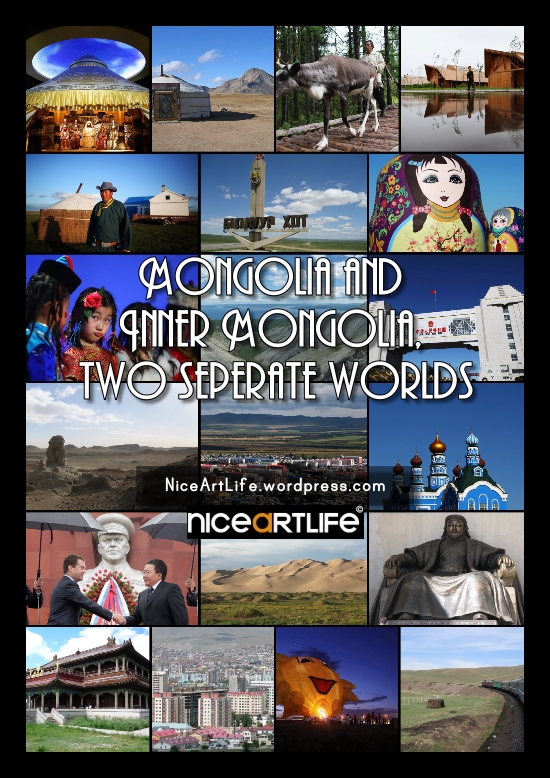
The independent nation of Mongolia is still a very young . It is a former independent republic that was backed by the former Soviet Union. Before the Soviet support, Mongolia was earlier ruled by many different strong dynasties back to Genghis Khan in 1206. Genghis Khan was the founder, Khan (ruler) and Khagan (emperor) of the Mongol Empire, which became the largest contiguous empire in history after his death. In 1990 the nation experienced a, anti-communist revolution and was liberated from the influence of the communist rulership.
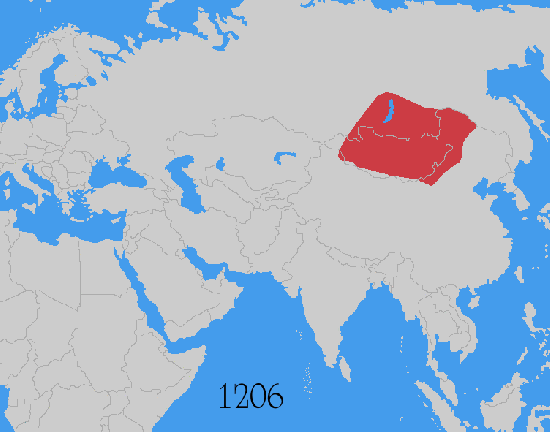
The powerful Mongol Empire growing during decades.
Inner Mongolia continues to undergo a cultural shift as ethnic Han Chinese now make up nearly 80% of the population, and efforts at retaining Mongolian culture are being undertaken. This is a cultural shift that takes place in all areas of China like Tibet.
In this post you find some photos of both Mongolia’s to witness the beauty of both places and the unique characteristics, cultural, geographic and social.
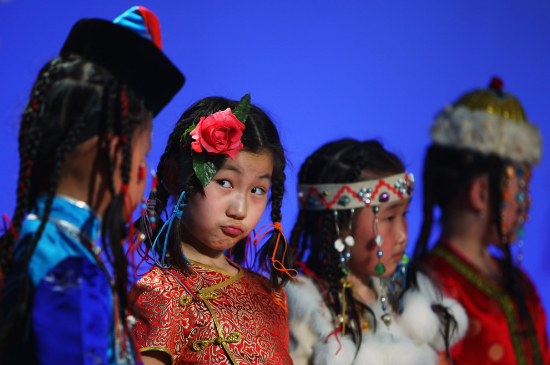
Girls in a Mongol children's chorus perform on August 26, 2009 in Hulun Buir, Inner Mongolia Autonomous Region, China. (Feng Li/Getty Images).
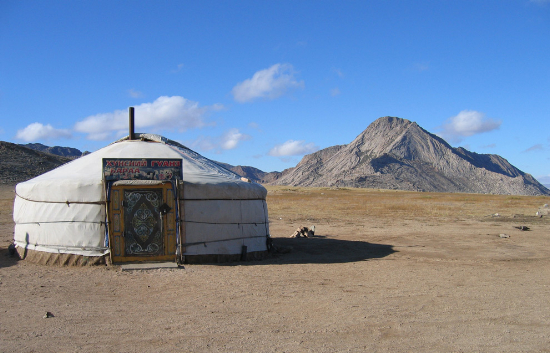
A Mongolian ger, with a sign that says (roughly) "Food, Fast food restaurant, General store", seen on October 10th, 2006. Original here. (Bouette/CC BY-SA).
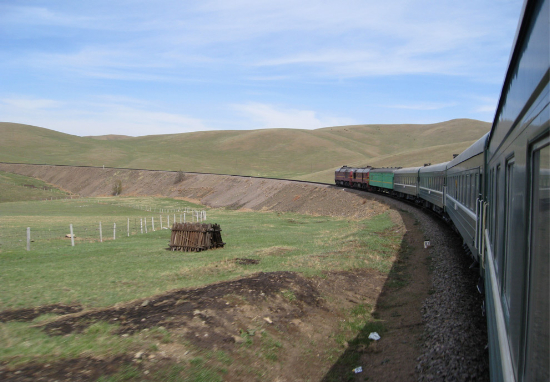
A train climbs a gentle curve along the Trans-Mongolian Railway on May 17th, 2009. Original here. (Chris Feser/CC BY-SA).
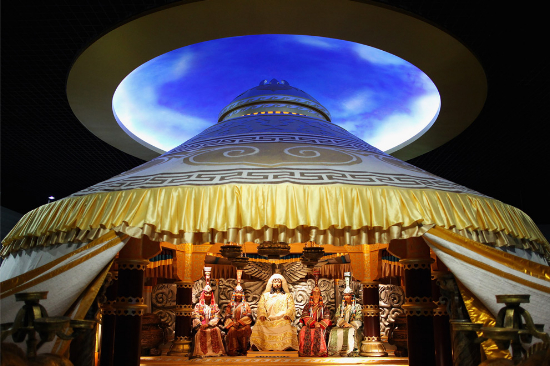
Genghis Khan's statue is seen in a museum on August 26, 2009 in Hulun Buir, Inner Mongolia Autonomous Region, China. (Feng Li/Getty Images).
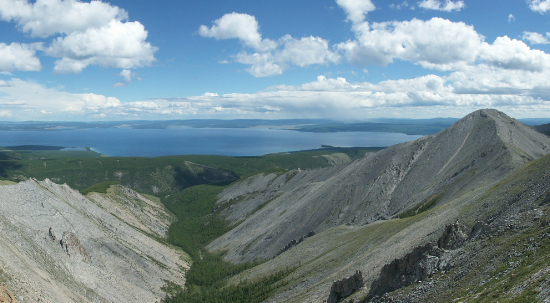
Panoramic view of Lake Khövsgöl in northern Mongolia, from the mountains to the west of the lake, on July 23rd, 2005. Original here. (Wikimedia user Zoharby/CC BY-SA).
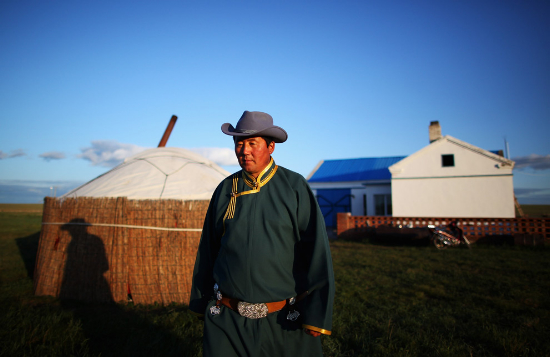
A Mongol herdsman named Gegenhasi stands in front of his new house to welcome guests in the Huhenuoer Grassland on August 27, 2009 in Hulun Buir, Inner Mongolia Autonomous Region, China. Hulun Buir, with an area of 250,000 sq km located in northeastern Inner Mongolia, is inhabited by 36 ethnic groups, including Mongolians, Daurs, Ewenkis, Oroqens, and Russian ethnicities. The vast Hulun Buir Grassland is one of the four largest natural steppes in the world. (Feng Li/Getty Images).
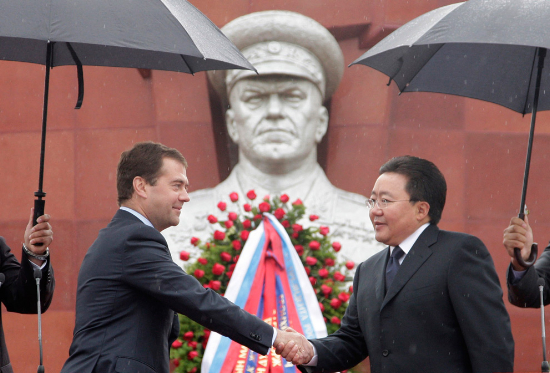
Russian President Dmitry Medvedev, left, and Mongolian President Elbegdorj Tsakhia shake hands during a ceremony marking the 70th anniversary of the joint victory of Soviet and Mongolian forces in the battle of Khalkin Gol, in Ulan Bator, Mongolia, on Wednesday, Aug. 26, 2009. A monument to Soviet Marshal Zhukov is at the background. (AP Photo/RIA-Novosti, Dmitry Astakhov, Presidential Press Service).
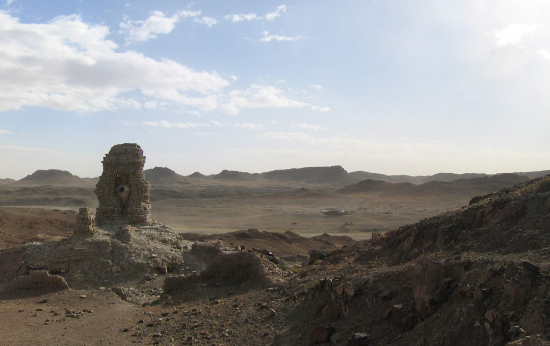
Ruins of Ongiin Khiid monastery complex, destroyed by communist rulers in the 1930s, seen on October 16th, 2006. Original here. (Bouette/CC BY-SA).
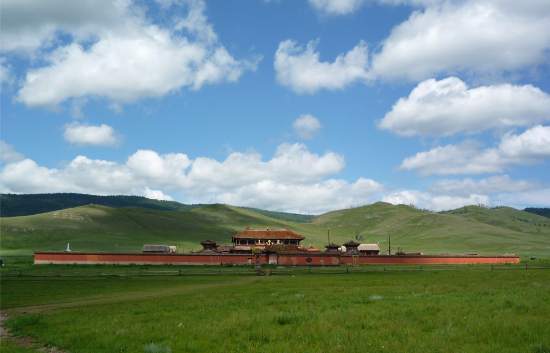
Amarbayasgalant Monastery, in Selenge aimag, Mongolia on July 31st, 2008. (Wikimedia user Bogomolov.PL).
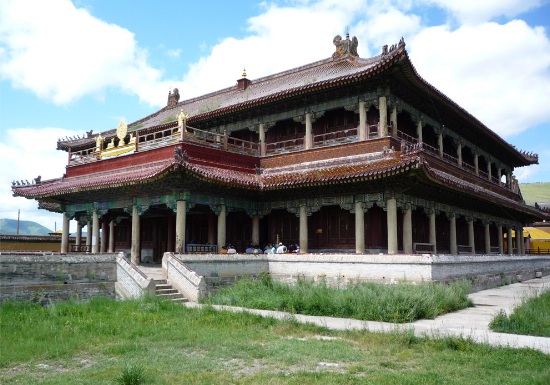
Amarbayasgalant Monastery temple, in Selenge aimag, Mongolia, on July 31st, 2008. The monastery was originally built before 1736, and was one of the very few monasteries to have partly escaped a wave of destruction by communist rulers in 1937. (Wikimedia user Bogomolov.PL)
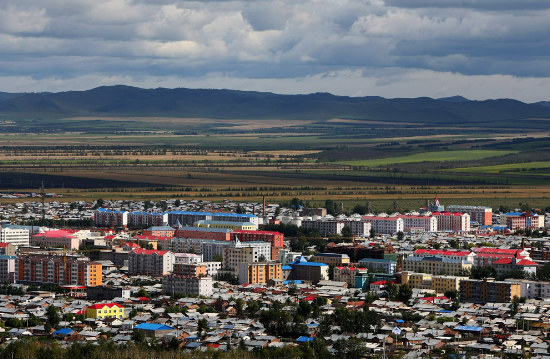
A general view of Eerguna District on August 27, 2009 in Hulun Buir, Inner Mongolia Autonomous Region, China. (Feng Li/Getty Images).
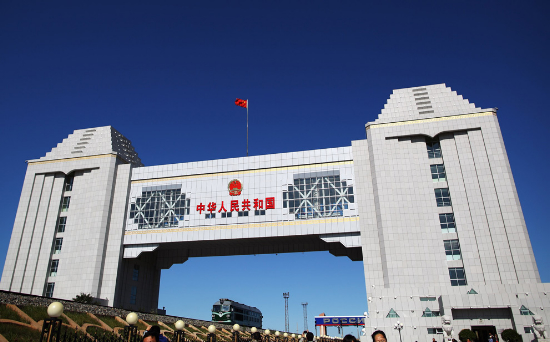
Mongolia and receives 60 percent of all of China's trade to and from Russia and the rest of Eastern Europe. (Feng Li/Getty Images).
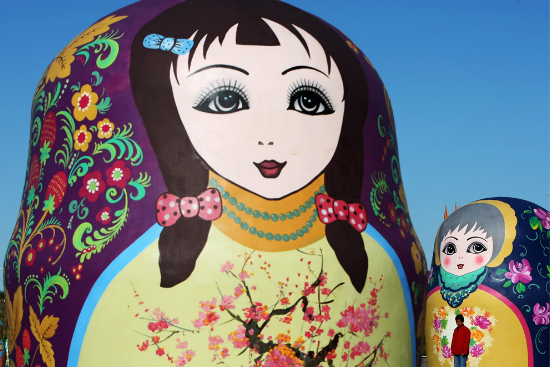
A tourist (small, lower right) visits the Nesting-doll Square with more than 200 nesting-doll sculptures on August 28, 2009 in Manzhouli, Hulun Buir League of the Inner Mongolia Autonomous Region, China. (Feng Li/Getty Images).
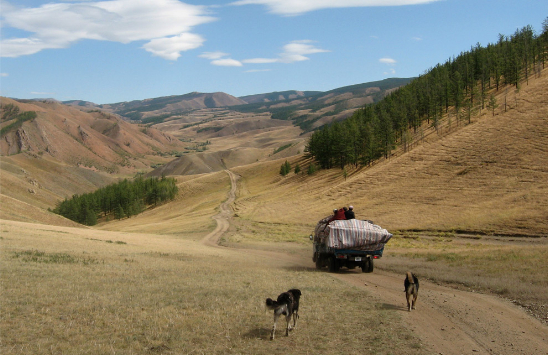
Mongolian nomads move to autumn encampments, in Khövsgöl Province, Bürentogtokh sum, Mongolia in September of 2006. (Wikimedia user Yaan/CC BY-SA).
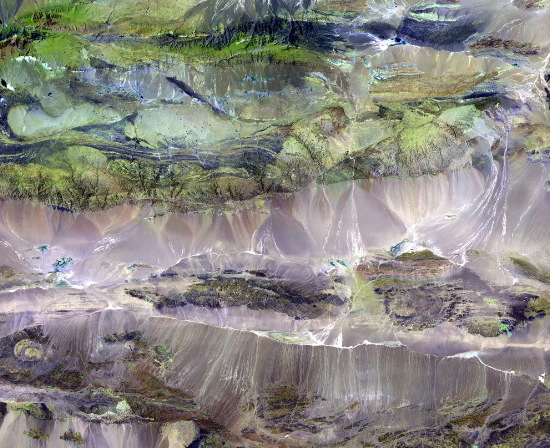
The Edrengiyn Nuruu forms a transition zone between the Mongolian steppes to the north and the arid deserts of northern China to the south. This image was acquired by Landsat 7's Enhanced Thematic Mapper plus (ETM+) sensor on August 13, 1999. This is a false-color composite image made using shortwave infrared, infrared, and green wavelengths. (USGS EROS Data Center Satellite Systems Branch).
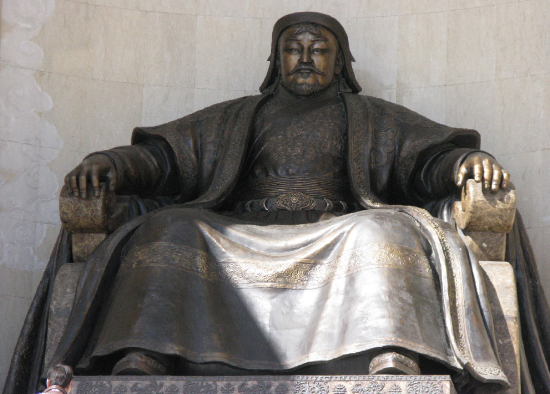
And Government House At Sukhbaatar Square in Ulan Bator, Mongolia, seen September 17th, 2008. (Wikimedia user GenuineMongol).
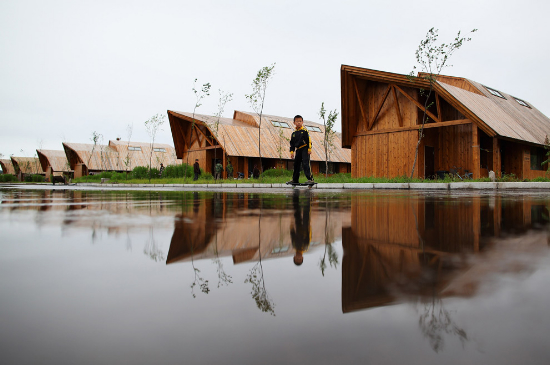
An Ewenki boy plays at a new settlement on August 27, 2009 in Genhe, Hulun Buir, Inner Mongolia Autonomous Region, China. (Feng Li/Getty Images).
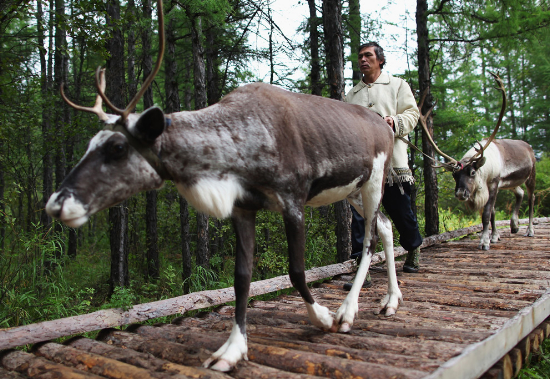
An Ewenki man named Gugejun walks with two reindeer on August 27, 2009 in Genhe, Hulun Buir, Inner Mongolia Autonomous Region, China. The Ewenki people, who came from Siberia over three hundred years ago, lived in the mountains of northern China, surviving on hunting and raising reindeer in a traditional way. In 2003, with only 243 surviving members, they moved down to a new settlement built by the government. (Feng Li/Getty Images).
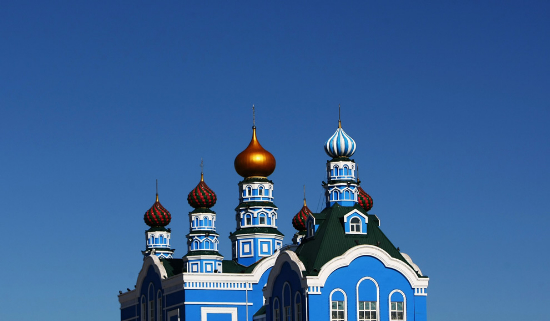
A general view of a Russian building on August 28, 2009 in Manzhouli, Hulun Buir, Inner Mongolia Autonomous Region, China. (Feng Li/Getty Images).
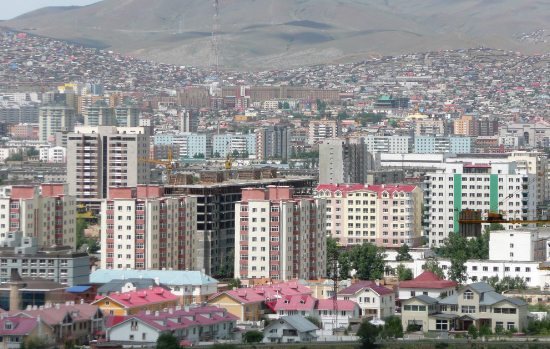
Detail from a panorama of Ulan Bator, Mongolia on June 6th, 2009. (Wikimedia user Brücke-Osteuropa).
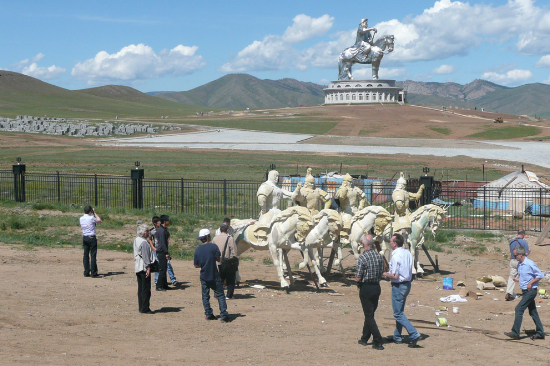
A giant statue of Genghis Khan, 131 feet tall and made from 250 tons of stainless steel sits in Tsonjin Boldog, Mongolia, about an hour outside of Ulan Bator on August 8th, 2009. The monument is part of a planned theme park called the Chinggis Khaan Statue Complex. (Wikimedia user Brücke-Osteuropa).
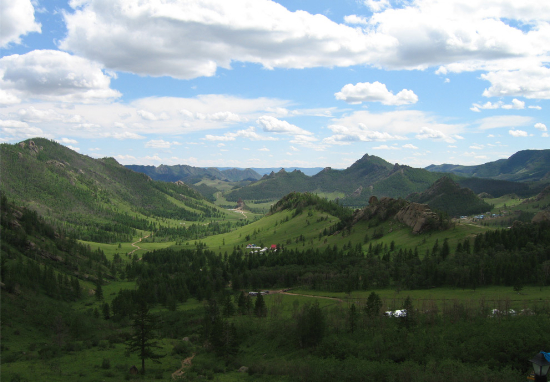
A view from the monastery at Gorkhi-Terelj National Park, Mongolia. November of 2006. (Vidor).
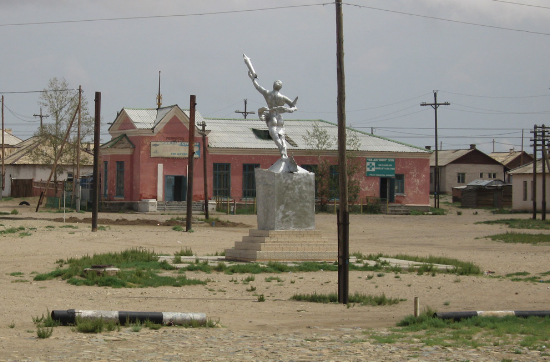
A monument to Jugderdemidiyn Gurragchaa, the first Mongolian cosmonaut, in the center of Choir, a small town in Govisumber Province, Mongolia. Photo taken August 7th, 2009. (Wikimedia user Vidor).
If you like to know more about the life of the original nomad families in Mongolia I can recommend you to watch the beautiful movie called: The Cave of the Yellow Dog (2005) (IMDB)
(Source: Nice art life.worpress.)
No comments:
Post a Comment